The Women’s Prize for Fiction shortlist for 2024 represents a diverse range of narratives that delve into the complexities of women's lives, from intimate family dynamics to broader historical contexts. As one of the judges alongside Ayọ̀bámi Adébáyọ̀, Laura Dockrill, Indira Varma, and Anna Whitehouse, I am honoured to have been part of the selection process.
Isabella Hammad’s Enter Ghost follows Sonia, a British-Palestinian actor, on a journey to visit her sister in Israel. Drawn into a local theatre troupe's ambitious production of Hamlet in the West Bank, Sonia grapples with questions of art, history, and family in this nuanced and gorgeously written tale.
Aube Rey Lescure's River East, River West transports readers to mid-2000s Shanghai, where the intertwining stories of Alva and Lu Fang explore themes of identity and belonging against the backdrop of Chinese history. With its originality and emotional depth, this novel offers a fresh perspective on cross-cultural narratives.
Restless Dolly Maunder by Kate Grenville is a poignant exploration of resilience and defiance in the face of societal constraints. Set in 1881 New South Wales, the story follows Dolly as she navigates the challenges of being a woman in a male-dominated world, showcasing Grenville's talent for blending plain yet poetic prose with evocative landscapes.
VV Ganeshananthan's Brotherless Night offers a searing portrayal of the Sri Lankan civil war through the eyes of protagonist Sashi. As Sashi grapples with the loss of her brothers and the brutality of war, Ganeshananthan's novel shines a light on the resilience of women amidst conflict and the complexities of moral ambiguity.
In The Wren, The Wren by Anne Enright, the intricate dynamics of mother-daughter relationships take centre stage. Through the lens of Carmel and Nell's fraught bond, Enright explores themes of trauma, memory, and the blurred lines between art and artist with scalpel-sharp prose and emotional depth.
Claire Kilroy's Soldier Sailor offers a raw and honest portrayal of new motherhood, capturing the myriad emotions—from grief to love to anger—that accompany the journey of parenthood. With its unflinching examination of the realities of childcare and the transformative power of love, Kilroy's novel is a testament to the universal aspects of the maternal experience.
From intimate family dramas to sweeping historical narratives, each novel on the shortlist offers a unique perspective on women's experiences. As readers immerse themselves in these captivating stories, they are reminded of the power of literature to illuminate the complexities of the human condition.
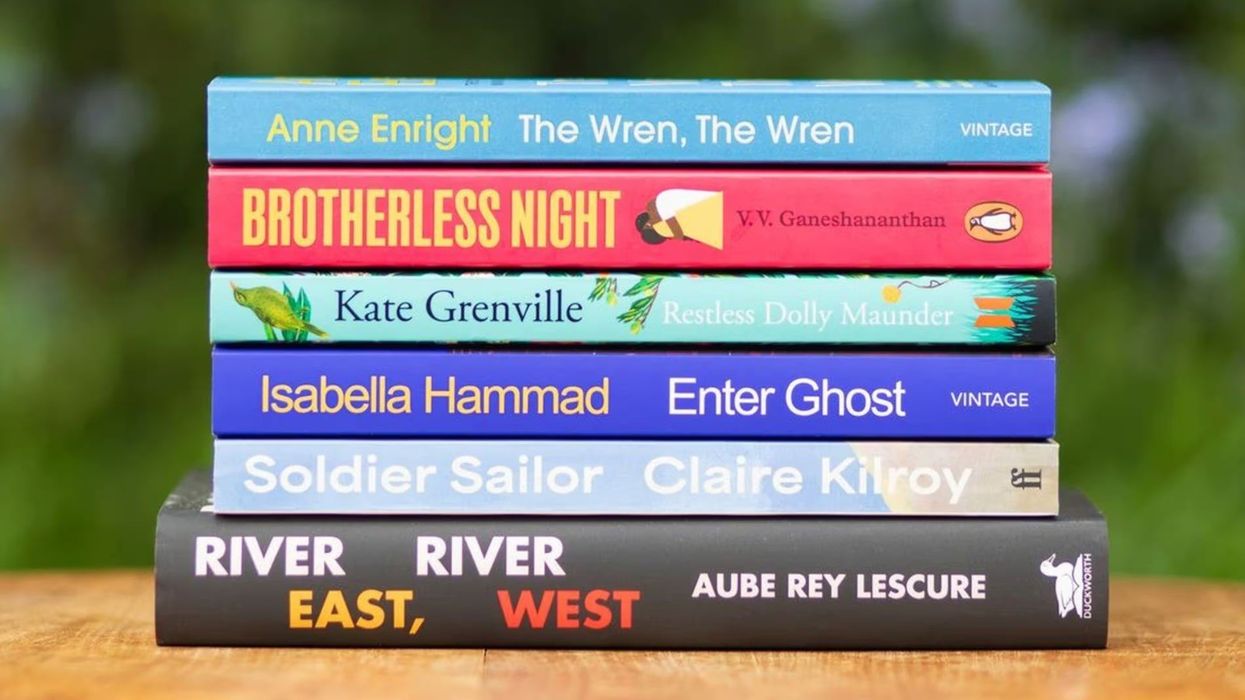




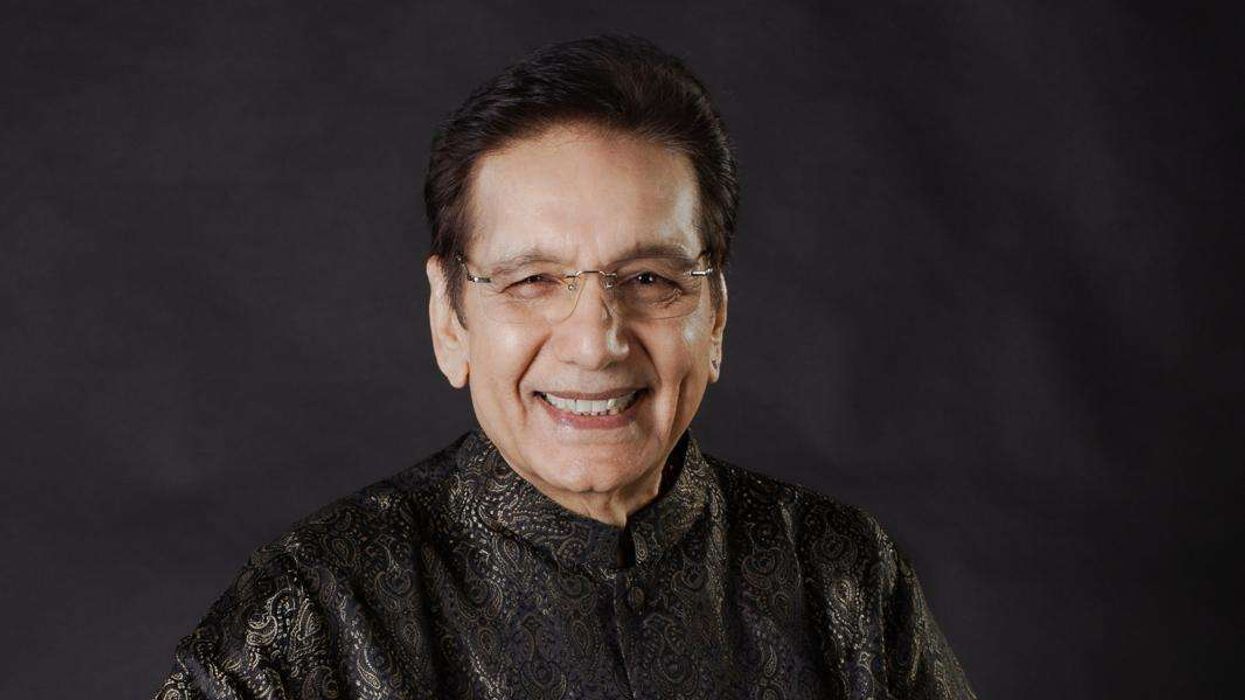
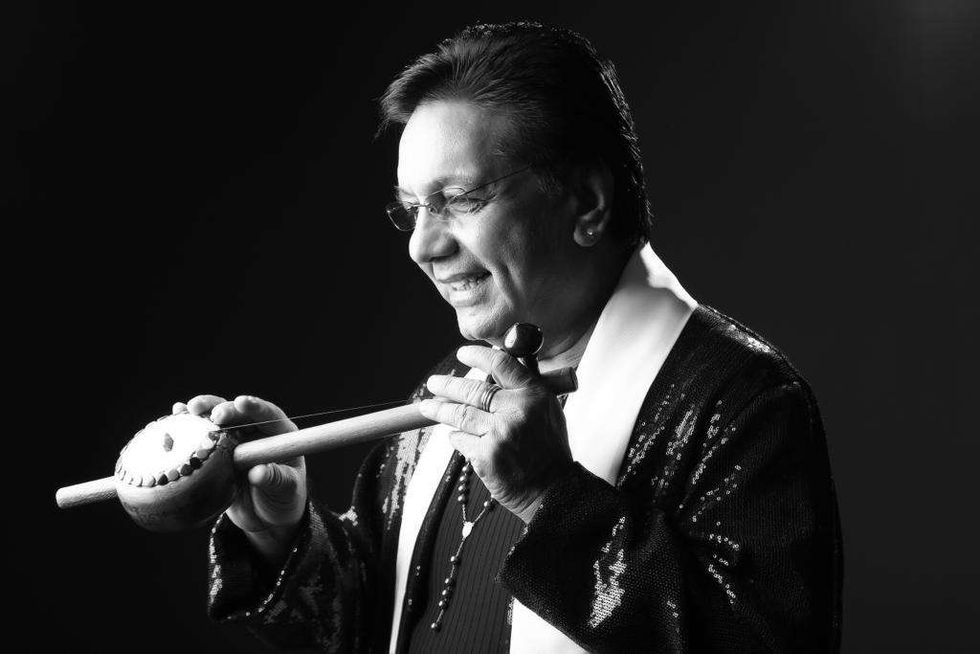 Channi Singh OBE — founder and frontman of the pioneering bhangra band AlaapChanni Singh
Channi Singh OBE — founder and frontman of the pioneering bhangra band AlaapChanni Singh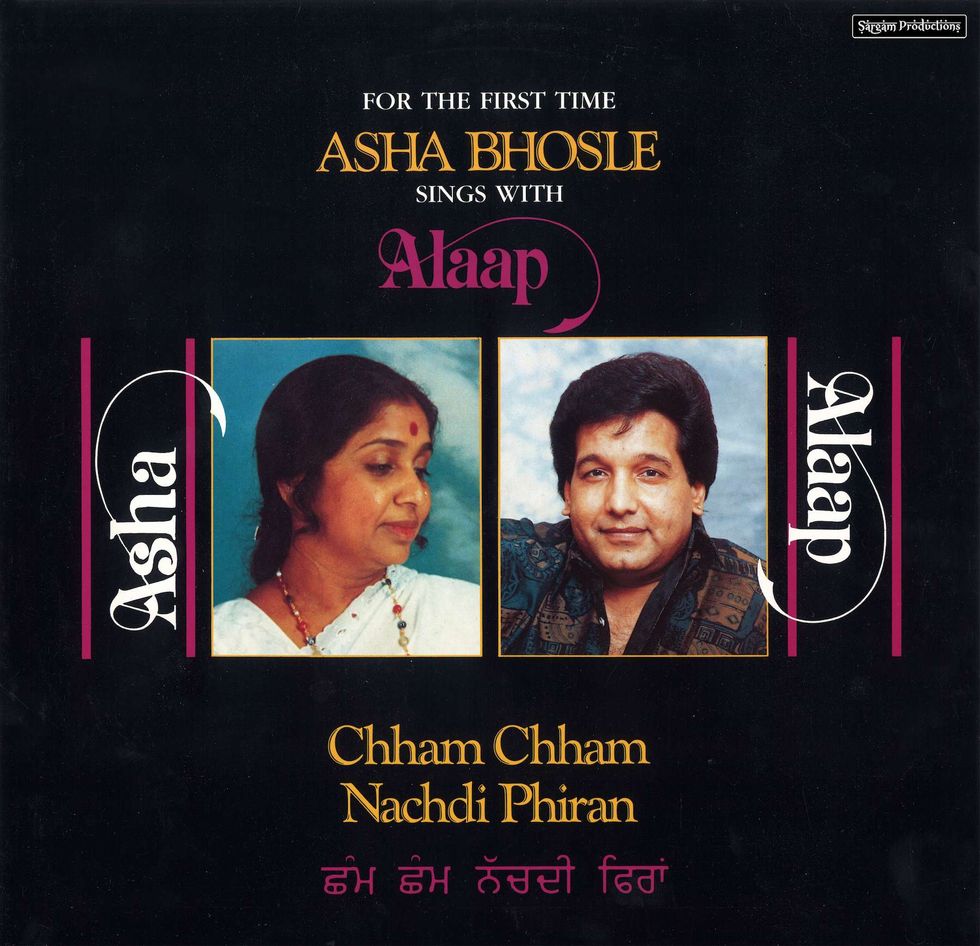 Chham Chham Nachdi Phiran (with Asha Bhosle)Channi Singh
Chham Chham Nachdi Phiran (with Asha Bhosle)Channi Singh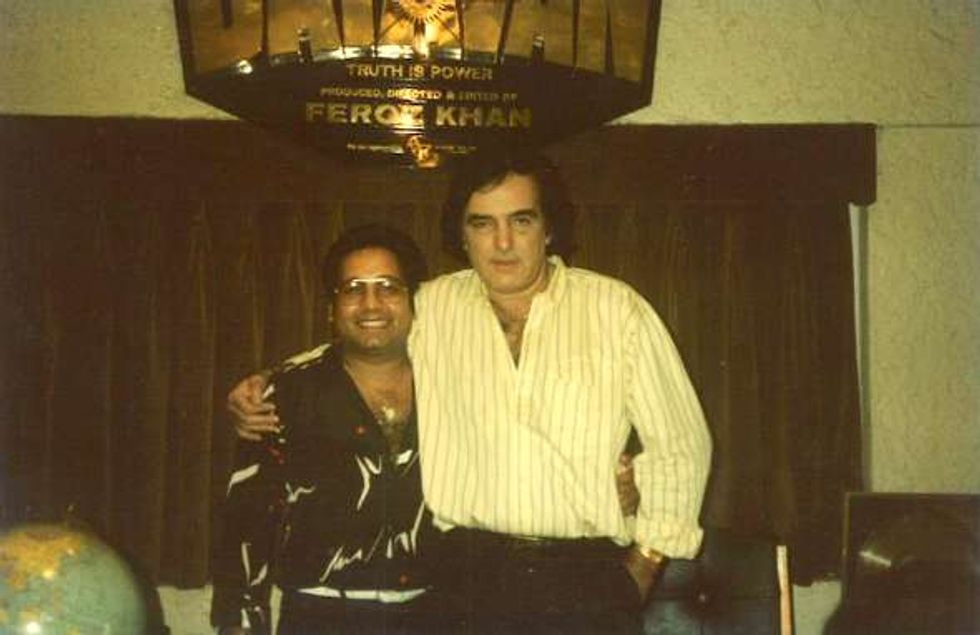 Channi Singh with Feroz KhanChanni Singh
Channi Singh with Feroz KhanChanni Singh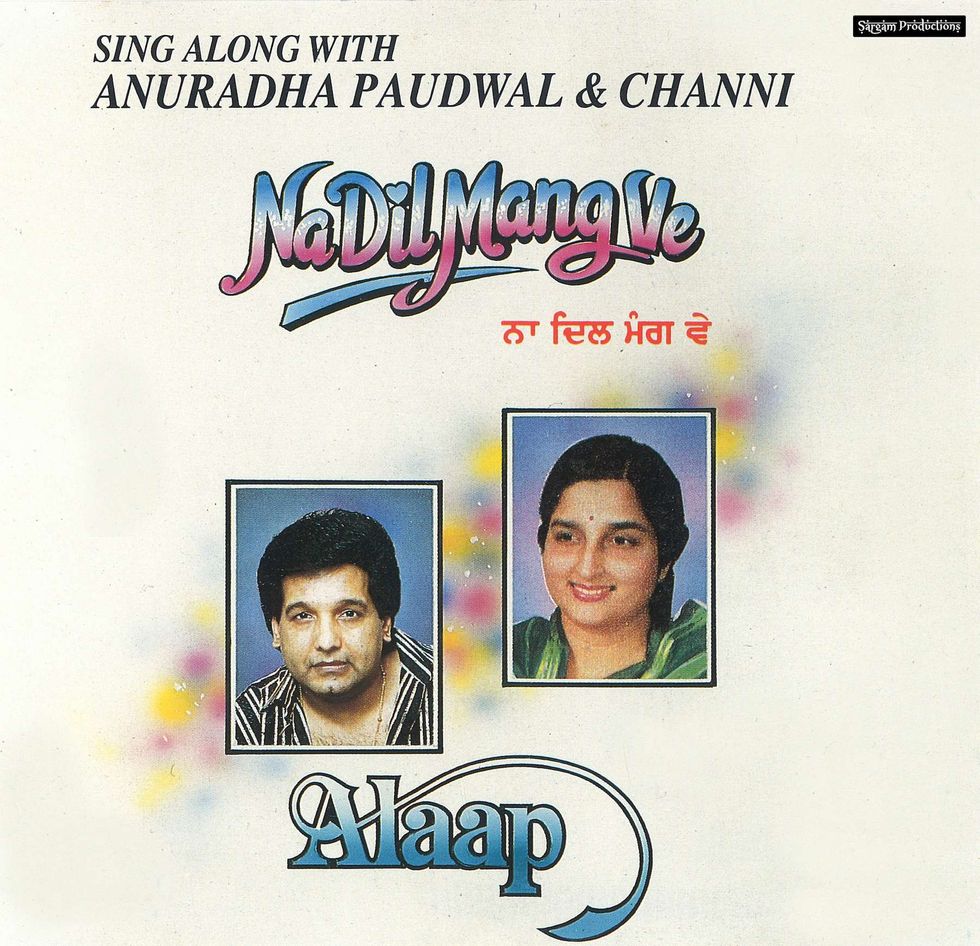 Na Dil Mang Ve (with Anuradha Paudwal)Channi Singh
Na Dil Mang Ve (with Anuradha Paudwal)Channi Singh






